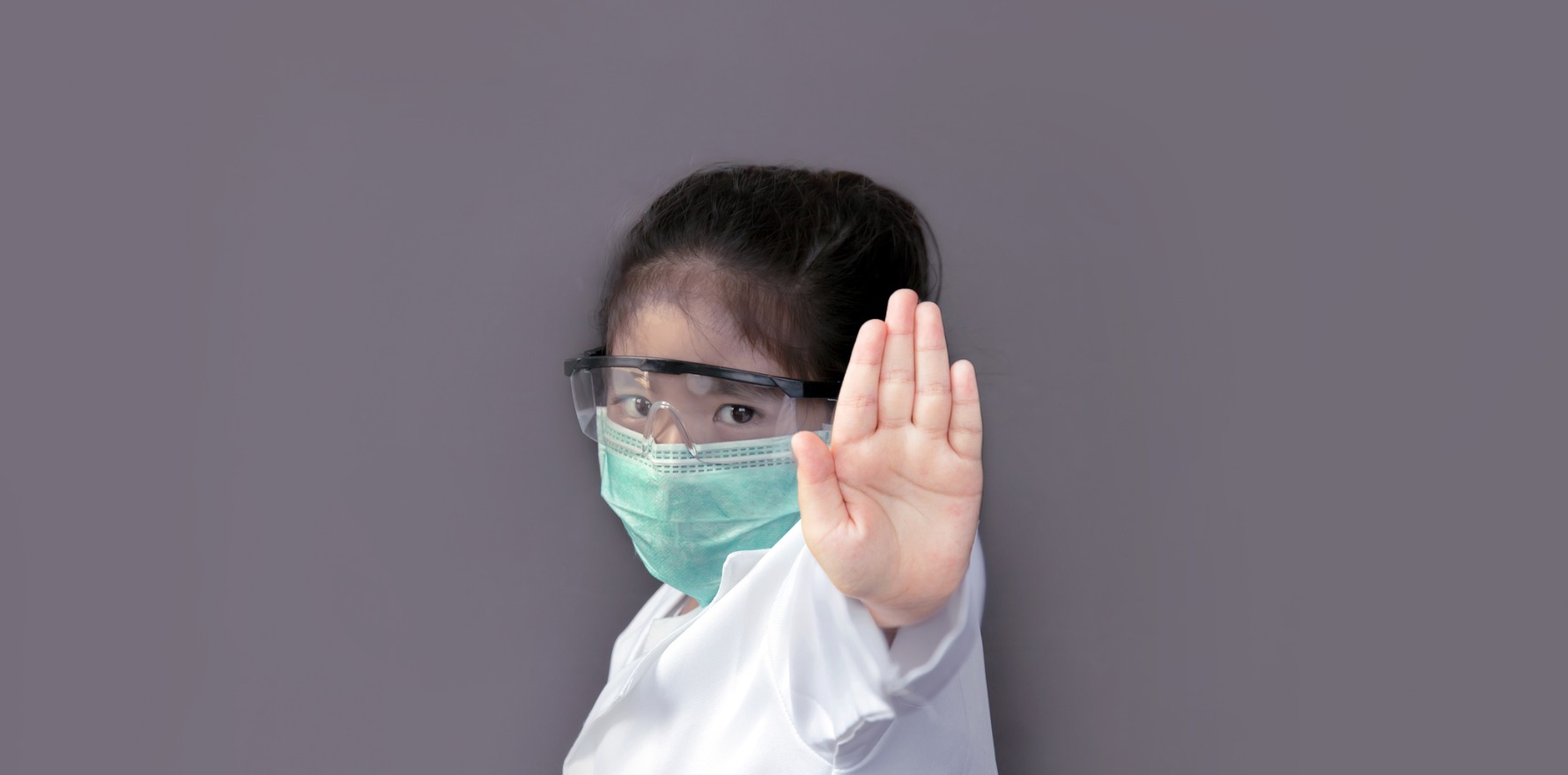The second annual Medical Training Survey says junior doctors are still subject to harassment and overwork.
Only half of doctors in training regularly receive payment for unrostered overtime, according to new data from AHPRA and the Medical Board of Australia.
The 2020 Medical Training Survey captured responses from more than 21,000 doctors in training, representative of roughly half the cohort.
Although the report found trainee doctors had an overall satisfaction rate of about 80%, results from the workplace environment and culture section tell a slightly different story.
Almost half of junior doctors reported a ‘heavy’ or ‘very heavy’ workload and only half regularly received payment for unrostered overtime.
Chair of the AMA Council of Doctors in Training Dr Hashim Abdeen told TMR these issues stemmed from a problematic workplace culture.
“Doctors in training are the bottom of rung [of the medical hierarchy], so they have to do their training time to proceed or progress in their careers,” said Dr Abdeen.
“It comes with an expectation that you will do whatever you can and do as much [over]time as you can to please your seniors.”
But this culture, according to Dr Abdeen, leads to widespread fatigue, and ultimately poor patient outcomes.
“No one wants to be cared for, or have their family member cared for, by an overworked, tired and fatigued doctor,” he said.
“It’s not just about the overtime itself, it’s about how that relates to fatigue.”
Another key finding from the report was in relation to workplace bullying: in 2020 one in five trainee doctors experienced harassment or discrimination in the workplace, with the most common perpetrators being senior medical staff.
“This is a very big and live issue,” said Dr Abdeen. “It’s current within our hospitals and we need to work together with the AMA, state departments and colleges to come up with the solutions.”
Aboriginal and Torres Strait Islander doctors in training reported both experiencing and witnessing bullying, harassment and discrimination at higher rates than the national average. Dr Abdeen said these results reflected a culture of racism in the healthcare community.
The survey also indicated Indigenous doctors experienced bullying from colleagues and administrative staff at much higher rates than non-Indigenous doctors.
While a majority of survey respondents said they knew how to report incidents of bullying, only one in three trainees had reported a personal experience of bullying, harassment or discrimination in the workplace.
One possible solution, Dr Abdeen told TMR, would be for the AMA to assist state governments in developing an anonymous system for junior doctors to report bullying and harassment.
“Safe reporting is the biggest issue,” he said.
“If you’re seeing bullying or harassment, and you’re not reporting it, it goes unchecked – no one sees it happening, because there’s no record of it happening,” he said.
You can read the full results of the 2020 medical training survey here.




